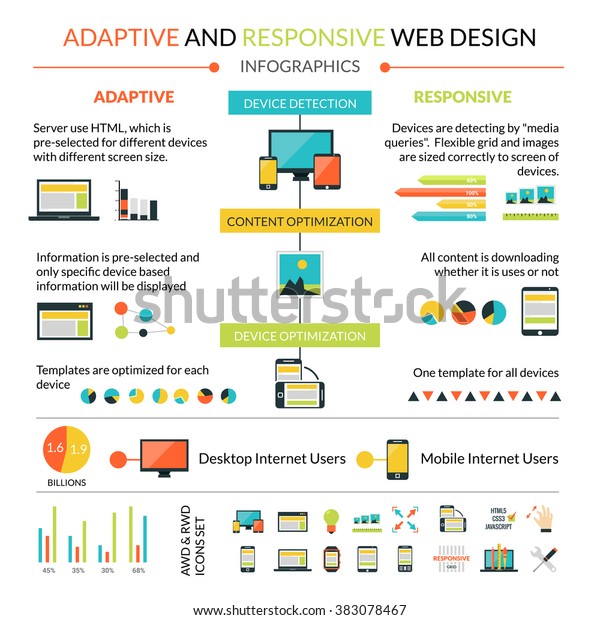The Effect Of Color On Online User Experience
The Effect Of Color On Online User Experience
Blog Article
Short Article By-Chan Strauss
Use the power of shade psychology in site design to increase customer involvement and assumption. Colors cause emotions, convey messages, and affect just how users analyze your website. They impact actions and decision-making, so select sensibly. Warm colors develop urgency, while cooler tones induce leisure. Contrasting colors help highlight key elements. Shades shape your brand identification, strengthening recognition and link with your audience. By straightening colors with your brand worths and considering your target market's preferences, you can produce an aesthetically enticing and psychologically powerful web site. website package pricing can make a considerable distinction in how customers view and communicate with your brand name.
Value of Color Psychology
Comprehending the relevance of color psychology is vital for producing impactful and engaging internet site layouts that reverberate with your target market. Colors have the power to stimulate feelings, share messages, and impact perceptions. By strategically choosing the ideal shades for your site, you can enhance the total individual experience and leave a long lasting impact.
Color psychology plays a crucial duty in shaping the perception of your brand. Different shades have distinct organizations and definitions affixed to them. As an example, blue is commonly connected with trust and expertise, while red can evoke feelings of excitement or seriousness. By aligning the colors on your website with your brand worths and messaging, you can establish a strong visual identity that draws in and keeps customers.
In addition, color choices can influence individual behavior and decision-making. Researches have actually revealed that certain shades can influence exactly how users view info and communicate with an internet site. By understanding the emotional effects of colors, you can design an internet site that overviews individuals in the direction of certain actions, such as purchasing or registering for an e-newsletter.
Impact on Customer Actions
Shade selections in web site layout can directly affect just how individuals act and communicate with the web content presented. When https://mylesmevmd.theobloggers.com/35984008/by-realizing-the-differences-between-these-two-search-engine-optimization-methods-businesses-can-develop-a-more-effective-internet-marketing-plan-that-drives-both-regional-and-natural-website-traffic-to-their-site visit a website, the shades used can evoke particular emotions and actions that affect their browsing experience. As an example, cozy colors like red and orange can produce a sense of seriousness or exhilaration, triggering individuals to act quickly. On the other hand, trendy shades such as blue and green tend to have a soothing effect, ideal for promoting leisure or count on.
Using contrasting shades can draw attention to essential aspects on a webpage, directing customers in the direction of certain areas like buttons or contacts us to activity. Similarly, a well-thought-out color design can boost readability and navigation, making it less complicated for users to find info and involve with the content. By purposefully integrating shades that line up with your web site's purpose and target market, you can effectively affect customer behavior and enhance overall communication.
Enhancing Brand Identity
To develop a solid and recognizable brand identification through site style, consider exactly how shade options can play a crucial role fit just how customers view and connect with your brand name. Shades stimulate emotions and organizations, making them powerful devices for conveying your brand name's values and personality. Consistency in color use throughout your internet site can help reinforce brand recognition and develop a natural visual identification.
When choosing colors for your web site, consider exactly how different colors straighten with your brand's message. For example, blue typically signifies reliability and expertise, while green can stimulate sensations of development and eco-friendliness. By integrating these shade definitions purposefully, you can improve your brand name's picture and interact with individuals on a subconscious degree.
Bear in mind that shade psychology isn't one-size-fits-all; it's vital to consider your target market's preferences and cultural distinctions when selecting shades. By leveraging the psychology of color in your site design, you can enhance your brand name identity and leave an enduring impression on site visitors.
Final thought
As you browse the vast sea of web sites, bear in mind the power of color psychology leading your every click. Like a painter with a scheme, designers craft on-line experiences that stimulate feelings and form perceptions.
From soothing blues to dynamic reds, each shade plays an essential duty in capturing your focus and affecting your activities. So next time you browse the web, take a minute to value the artistry behind the shades that surround you.
